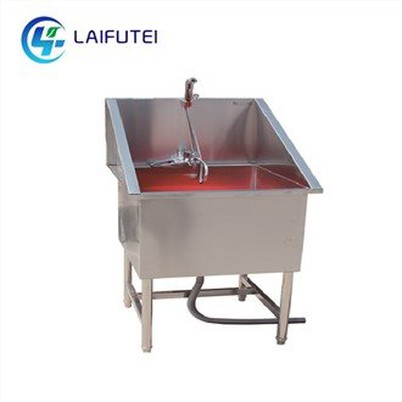Air purification plan for pet ICU
Leave a message
To ensure the indoor air quality of pet ICUs, a series of measures need to be taken, including eliminating indoor air pollution sources, purifying indoor air, ventilation and air conditioning, and using air purification equipment. These measures can effectively reduce the concentration of indoor pollutants, improve indoor air quality, and thus protect the health of pets and their owners. We provide you with the following suggestions regarding the air purification plan for pet ICU:
Excluding indoor air pollution sources: In pet ICUs, the use of building materials with high levels of harmful gas emissions, such as formaldehyde, should be avoided. At the same time, clean fuels should be selected, and ventilation and air conditioning systems should be improved and perfected to ensure good indoor air quality.
Purification of indoor air pollution sources: Indoor air pollution can be directly controlled by reducing the diffusion of pollutants. For example, releasing high concentrations of ammonia into pet ICUs can reduce the long-term concentration of formaldehyde in activity rooms by 50% to 80%. In addition, holes that cover the ground, seal cracks, and drain pipes can also reduce the entry of radon into the indoor environment.
Ventilation and air conditioning: Maintaining long-term indoor ventilation is the key to improving indoor air quality. For newly built pet ICUs, the house must be vacant for at least three months before it can be put into use. In addition, when using a vacuum cleaner, windows should be opened to prevent the discharged air from forming dust.
Using air purification equipment: You can choose to install an air purifier, such as a pet purification room. These devices can automatically remove dust and odors from the air, and have a high level of cleanliness. In addition, they can also prevent various diseases transmitted through the air, such as avian influenza.







